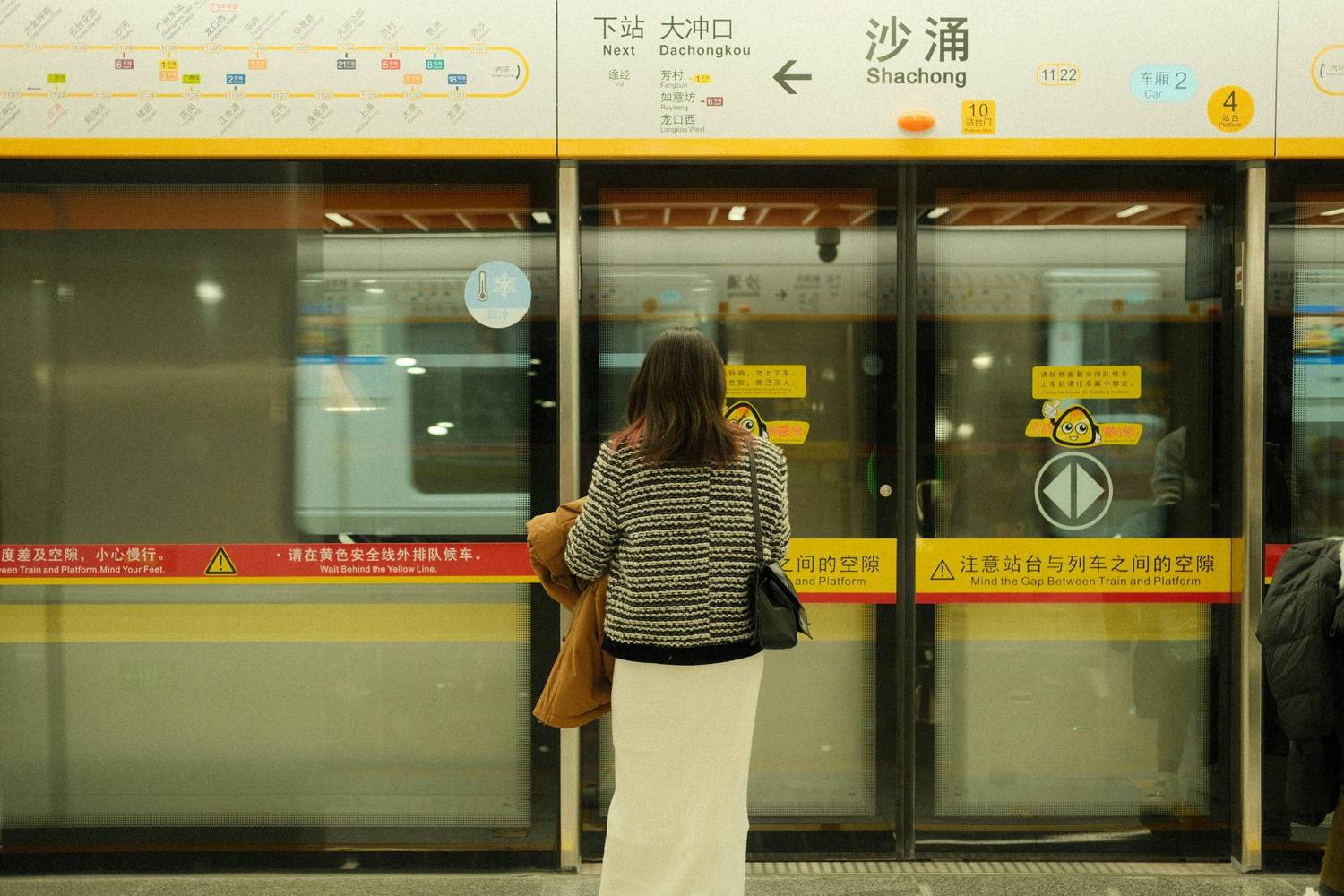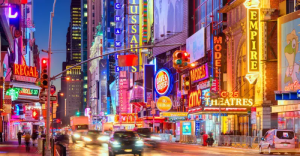Rethinking Subway Advertisement in the Modern Marketing Landscape
In the dynamic world of out-of-home (OOH) advertising, marketing professionals have a variety of channels to capture consumer attention. Subway advertisement has long been a go-to strategy due to its high visibility in urban environments. However, as audiences become more selective and ad saturation increases, in-hand ads are emerging as a more targeted and engaging alternative.
Adzze leads this shift by offering innovative in-hand advertising solutions that directly address the limitations of traditional subway advertisement. In this article, we will compare the two approaches and highlight how Adzze can help your brand achieve better engagement, precision targeting, and higher ROI.
The Drawbacks of Subway Advertisement
Massive Visibility with Limited Targeting
Subway advertisement appears prominently in transit stations and on subway trains, where thousands of people pass by daily. This large-scale exposure makes it ideal for brand awareness campaigns, ensuring that the message reaches a broad audience. However, this strength also comes with significant drawbacks.
Broad, Undifferentiated Audience: Subway commuters represent a diverse mix of people, making it difficult to target specific demographics effectively. Whether someone is a high-income professional, a college student, or a tourist, they all see the same ad—whether they are part of your intended audience or not.
Lack of Personalization: Subway advertisement does not allow brands to customize messaging for different audience segments. This one-size-fits-all approach results in missed opportunities for deeper consumer engagement.
Oversaturation and Ad Fatigue
One of the biggest challenges of subway advertisement involves the risk of ad fatigue caused by oversaturation.
Competing Messages: Subway stations overflow with ads competing for attention. Passengers encounter numerous billboards, posters, and digital screens, which reduces the impact of any single ad.
Repetitive Exposure Without Engagement: Many commuters follow the same subway routes daily. Seeing the same ad repeatedly causes them to tune it out, leading to diminishing returns over time.
High Costs with Unclear ROI
Running a subway advertisement campaign, especially in major cities, comes with high costs and unclear returns.
Expensive Placements: Subway ad space remains in high demand, making it one of the more costly OOH advertising options, especially in major cities.
Difficulty in Measuring Conversions: Unlike digital ads that track clicks and engagement, subway advertisements lack precise performance metrics. This makes it harder for marketers to measure ROI and campaign effectiveness.
In-Hand Ads: A More Targeted and Engaging Alternative
Unlike static subway advertisement, in-hand advertising delivers the brand message directly into the consumer’s hands, making it more engaging, memorable, and effective. This form of advertising uses everyday touchpoints such as:
Coffee sleeves, Pharmacy bags, Restaurant takeout bags, Hotel key cards, Door hangers
Adzze specializes in hyper-local in-hand advertising, ensuring that brands reach precisely the right audience at the right time.
Advantages of In-Hand Ads Over Subway Advertisement
Laser-Targeted Audience Engagement
Unlike subway advertisement, which relies on mass exposure, in-hand ads ensure that your message reaches the right audience in relevant settings.
Pharmacy bag ads deliver healthcare-related messages directly to customers purchasing medications—ideal for pharma brands.
Coffee sleeve ads reach business professionals, college students, and morning commuters—perfect for B2B brands or local retailers.
Hotel key card ads target tourists and business travelers, offering an effective way to promote local attractions or services.
By integrating location-based targeting, Adzze helps brands avoid wasted impressions and significantly increase ad relevance.
High Engagement and Brand Recall
Consumers physically interact with in-hand ads, which means they are more likely to remember the brand message.
Studies confirm that tactile engagement improves ad retention, making in-hand ads more effective than passive subway advertisement.
Real-world Example: A brand used pizza box ads to promote a food delivery app and achieved a 30% higher conversion rate than with digital-only advertising.
Less Ad Fatigue and Higher Consumer Attention
Limited Competition: Unlike crowded subway stations filled with competing messages, in-hand ads appear in focused environments where consumers face fewer distractions.
Novelty Factor: People naturally feel curious about ads printed on coffee sleeves or shopping bags, as opposed to another standard subway advertisement in a busy station
Cost-Effective with Clear ROI
Compared to subway advertisements, in-hand advertising offers significant cost savings while delivering higher engagement.
Lower Placement Costs: Subway ad space commands a premium, while in-hand ads allow brands to reach specific local markets at a fraction of the cost.
Measurable Performance: Unlike subway advertisement, in-hand ads use QR codes, promo codes, or digital sign-ups for tracking, providing clear ROI metrics.
Best Practices for Shifting from Subway Advertisement to In-Hand Ads
Identify Your Audience’s Daily Touchpoints
Think about where your target audience spends their time—coffee shops, gyms, pharmacies—and place ads accordingly.
Incorporate Interactive Elements
Enhance engagement by using QR codes, AR features, or special offers.
Track Performance Metrics
Implement tools to monitor impressions, engagement, and conversions, something difficult to achieve with subway advertisement.
Test and Optimize
Run A/B tests to identify which placements and messages drive the best results.
Moving Beyond Subway Advertisement to Smarter In-Hand Strategies
While subway advertisements may have been effective in the past, their limitations in today’s market are hard to ignore. High costs, limited engagement, and poor measurability make them less appealing to modern marketers. In contrast, in-hand ads offer a fresh, creative, and cost-effective way to connect with consumers in meaningful, memorable ways.
Ready to Elevate Your Brand’s Advertising Strategy?
Let Adzze help you shift from subway advertisement to in-hand advertising and reach your audience in a more personal, effective way. Contact us today to explore innovative advertising solutions that deliver results.







